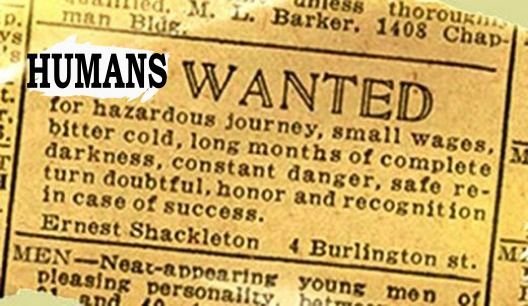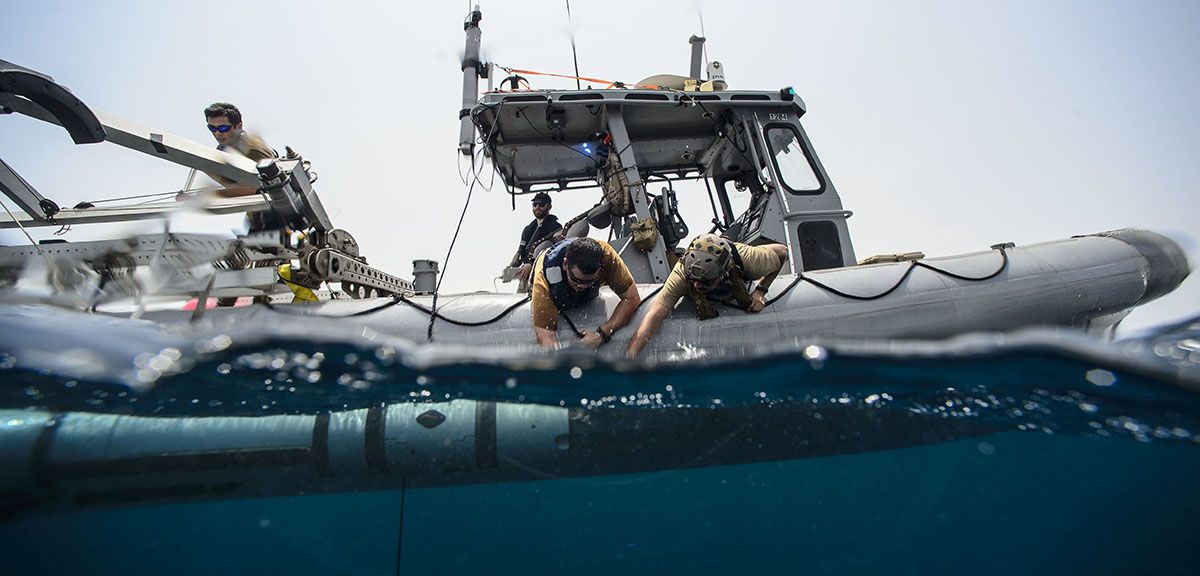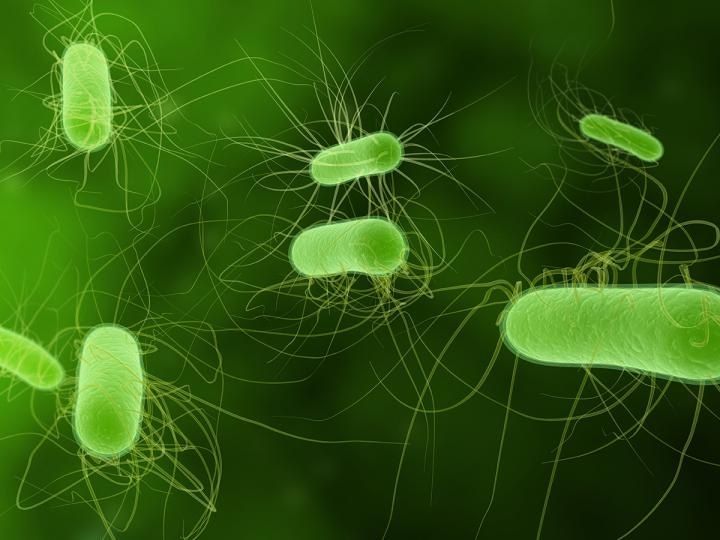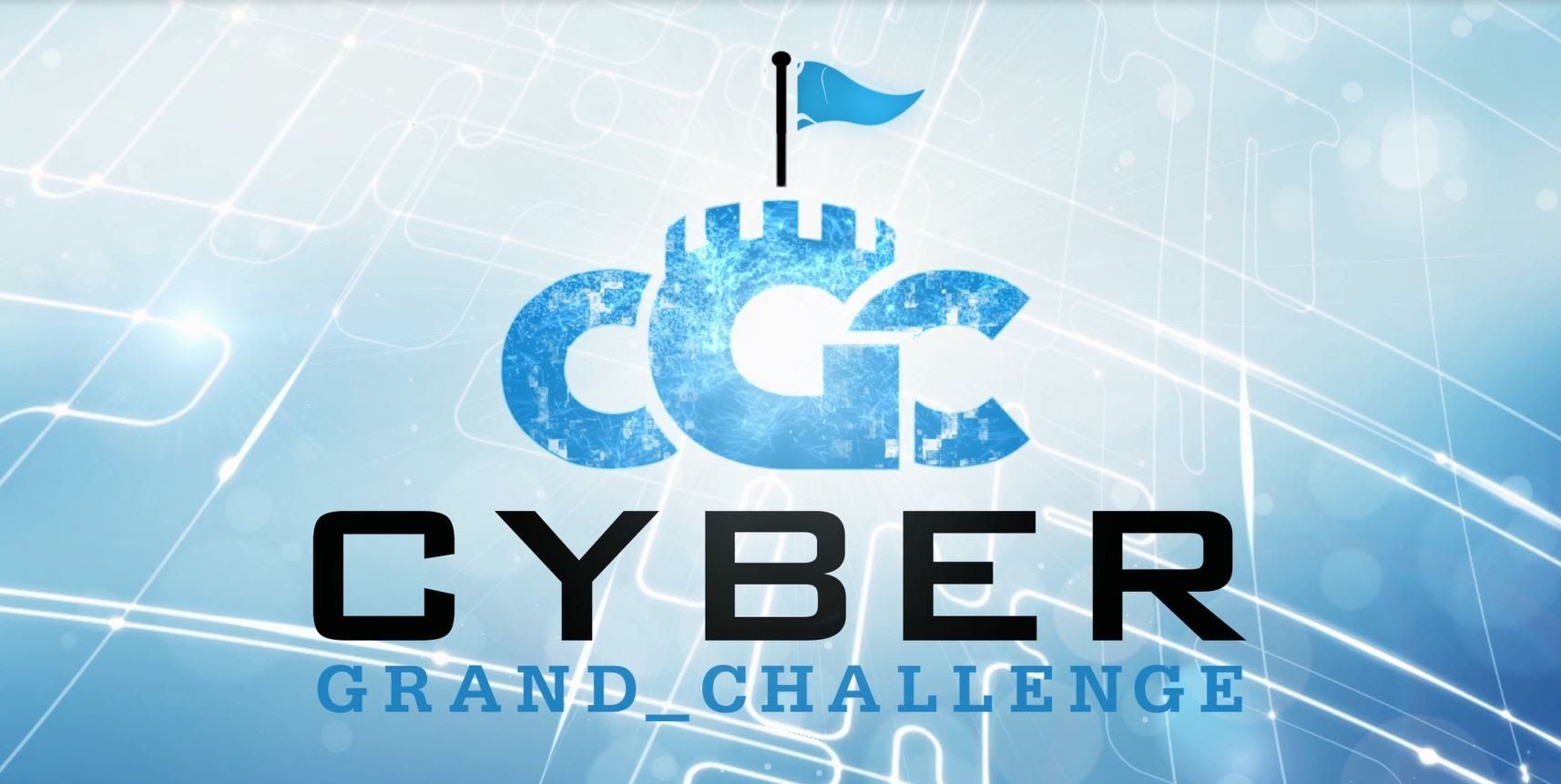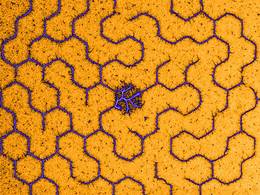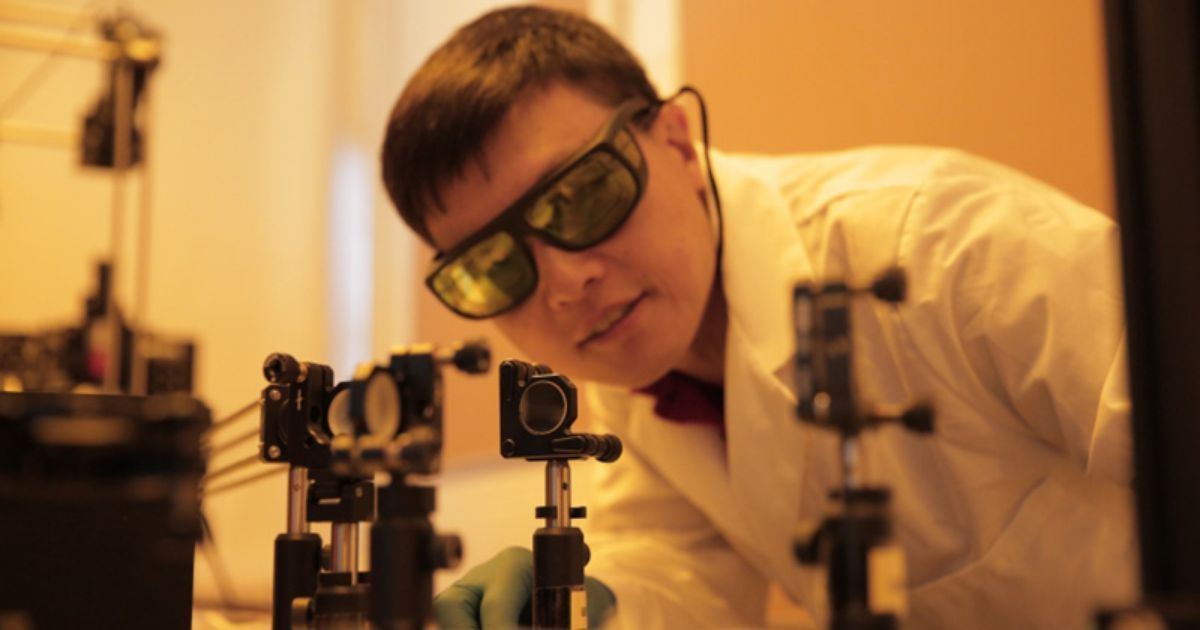Are you an avid supporter of aging research and a keen longevity activist?
The Biogerontology Research Foundation is offering select summer internships for talented individuals. You’d join a passionate and supportive team in researching diagnostic, prognostic, and therapeutic strategies; advising a panel of investors in developing a roadmap to promote longevity science and related technologies across the globe.
The advertised positions are 3 month internships, with the possibility of continuing afterwards. Free accommodation will be provided for in London, alongside a negotiable salary.
The Biogerontology Research Foundation is a UK based think tank dedicated to aging research and accelerating its application worldwide.
